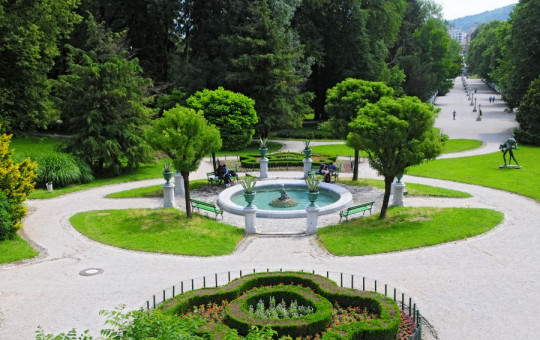Underwater finds at the archaeological site of Fizine near Portorož confirm the discovery of a unique ancient port on a global scale. It is a small harbour with a berth and a wooden structure. The finds of masts are particularly significant. The final phase of the underwater survey is still underway, with divers searching for evidence of the ancient harbour.
Rare examples of ancient masts
They are most likely unique examples of the extremely rare examples of ancient masts in the world. Among other things, more than 3 000 ceramic fragments have been found in the Roman layers at the site. The findings so far suggest that the majority of the vessels are imported late antique vessels: amphorae, kitchenware and fine tableware.
In addition to pieces of ceramic vessels, the site also yielded a sail element, a large number of wooden stakes and two pieces of masts. It is the latter two that the Institute considers exceptional.
-
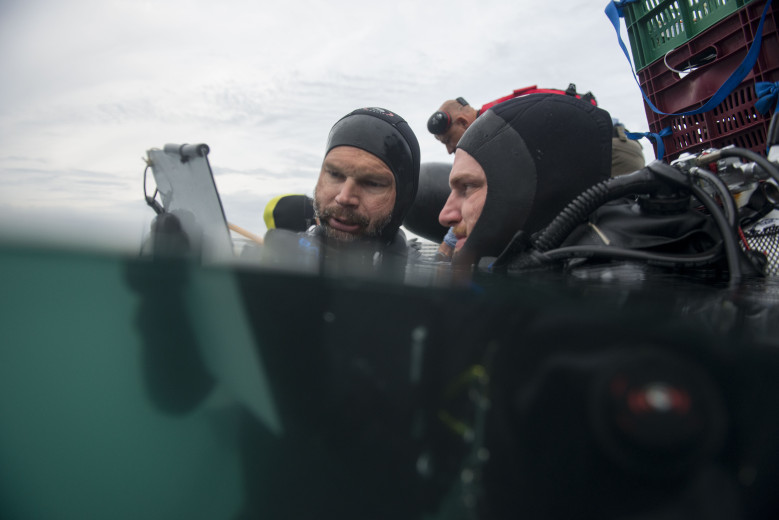
Finds of masts and sails from antiquity are extremely rare. Photo: ZaPA
-
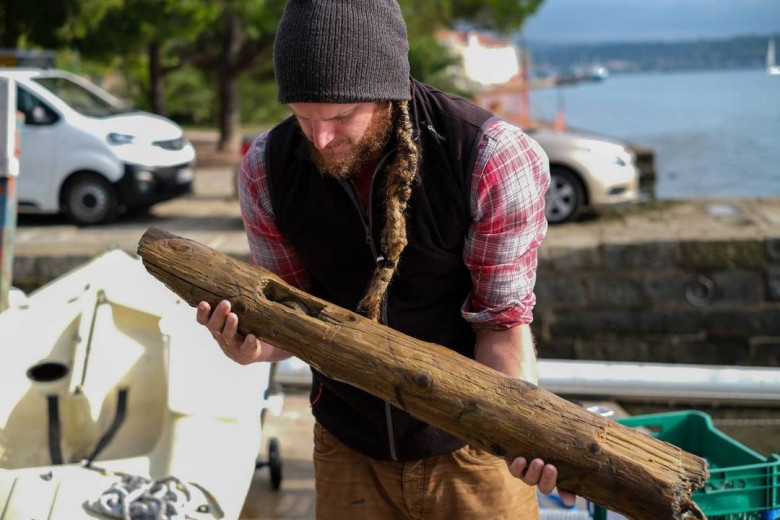
The first mast was made of fir wood. The piece found was about one metre long and had an integrated oak pulley. Photo: ZaPA
-
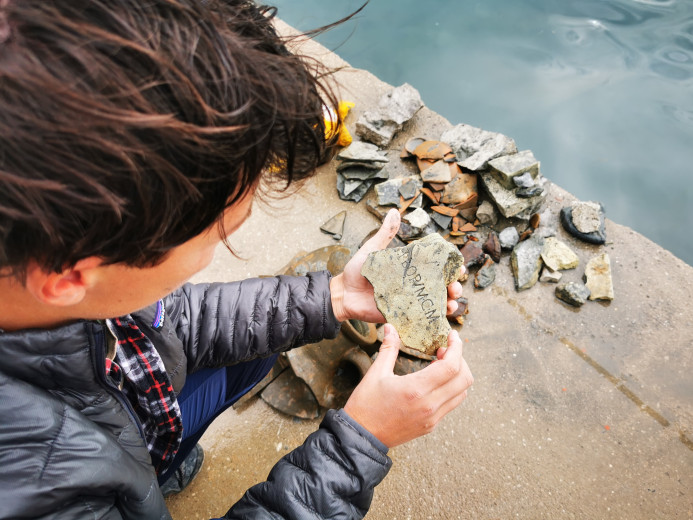
More than 3,000 ceramic fragments were also found in the Roman layers at the site. Photo: ZaPA
-
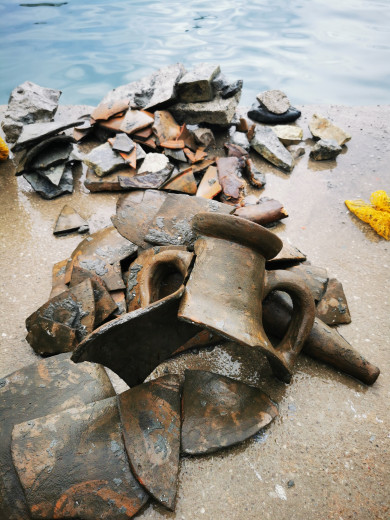
The findings so far are mostly imported late antique vessels: amphorae, kitchenware and fine tableware. Photo: ZaPA
Three ancient sites have already been discovered in the Fiziny area
Finds of masts and sails from antiquity are extremely rare, and interpretations are mainly linked to experimental archaeology and visual historical sources such as reliefs, statues, drawings, paintings, coin depictions and mosaics.
The research will be followed by a fieldwork component, where different scientists and archaeologists will examine specific aspects of the site. After this, the site will be evaluated in the light of the results of all the research.
The wood analysis and dating of the finds themselves have already been carried out. This will be followed by an archaeological comparative analysis, in which the finds will be compared with other similar scientific publications. The wooden finds will be conserved with melamine resin in the restoration centre. All the finds will be handed over to the Maritime Museum Sergej Mašera Piran.
-
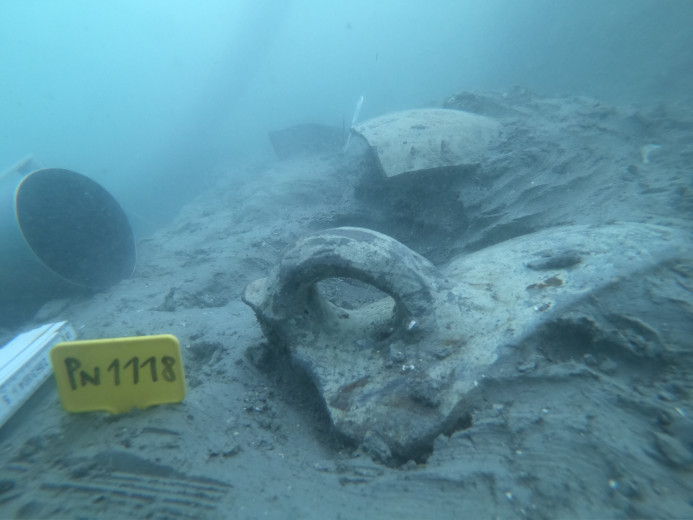
In addition to pieces of ceramic pottery, the site also yielded a sail element, a large number of wooden stakes and two pieces of mast. Photo: ZaPA
-
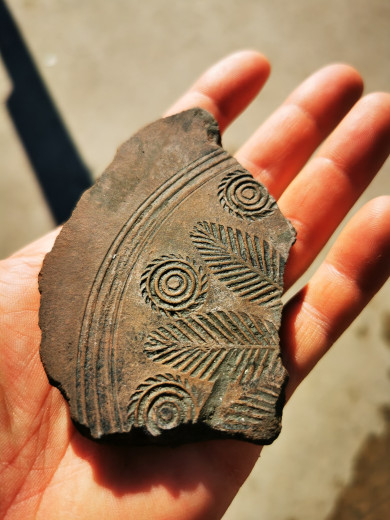
Two other Roman sites have been discovered in the Fizine area. Photo: ZaPA
-
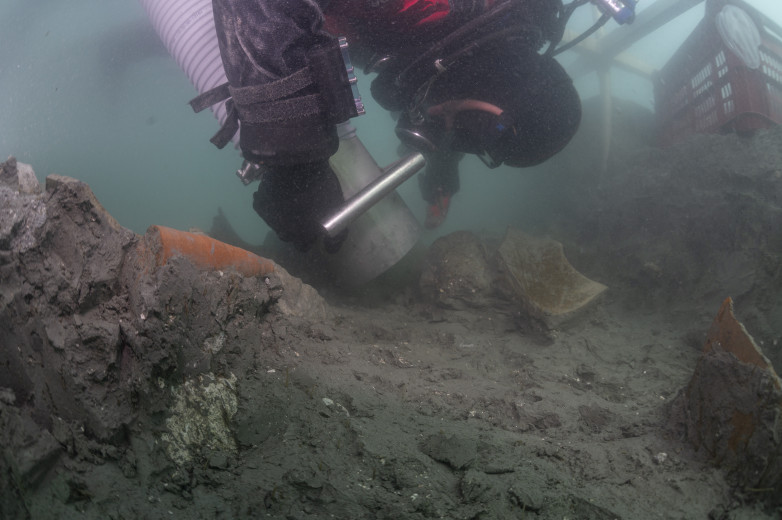
These are extremely rare examples of ancient masts, in the context of finds from at least the last 20 years in the whole Mediterranean area. Photo: ZaPA
-
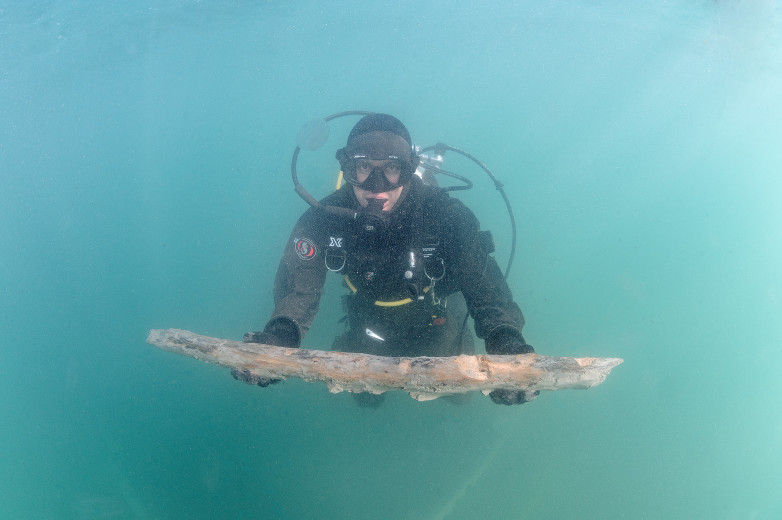
The second mast is made of spruce wood and is about one and a half metres long. Photo: ZaPA
The excavations were carried out in several campaigns between 2017 and 2023.The wooden structure discovered near Bernardin Beach could have been used in the past for access from boats to the shore or as a breakwater.
Two other Roman sites have so far been discovered in the Fiziny area.
The first was excavated in 1998 and comprises the remains of a settlement with a farm building near the present-day petrol station. The second site is below the present sea level. In 2004 and 2005, archaeologists explored the foundations of a fish farm there by means of underwater excavations.
Slovenia has a long tradition of underwater research
Slovenia has one of the longest traditions of underwater exploration in Europe, the first being carried out in 1884 in the Ljubljanica River near Vrhnika. Since the early 1960s, the field of underwater archaeology has been developed in the framework of various museums and institutions. The Institute for Underwater Archaeology brought together experts in the field in 2013 as a private initiative.
Date: 20. February 2024
Time to read: 3 min




